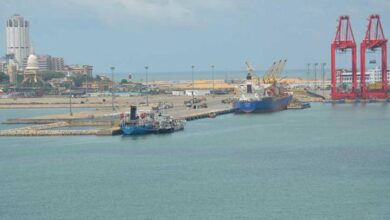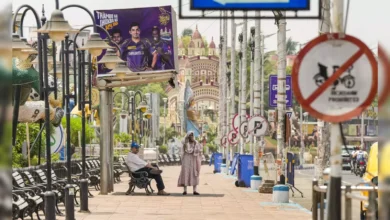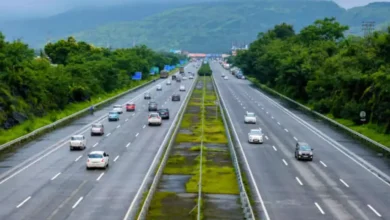Supercars racing down the Delhi-Mumbai expressway at speeds of up to 260kmph
According to NHAI authorities, the majority of the cars that have been pulled over for speeding are high-end luxury and sports cars with extremely strong engines that can reach very high speeds in a matter of seconds.
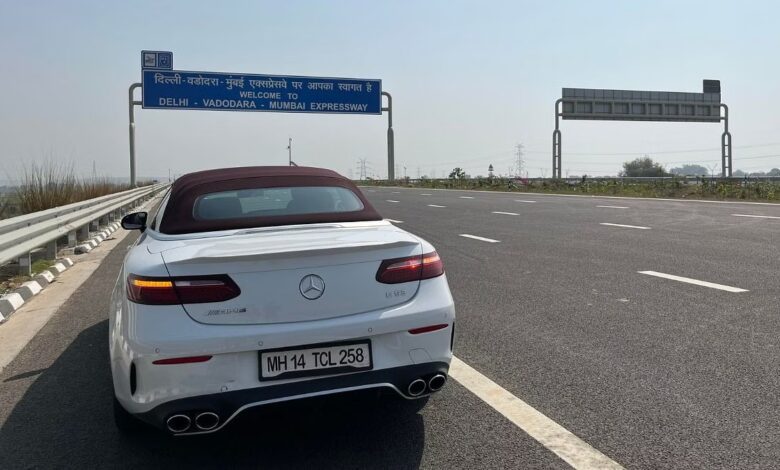
Officials are alarmed by the speed of some of the vehicles passing on the Delhi-Mumbai expressway, which tops 200 kph. The National Highways Authority of India (NHAI) has started a speed calming exercise on the 246km Sohna-Dausa stretch in an effort to prevent serious accidents after learning from a recent survey that vehicles, particularly high-end luxury and sports cars, frequently exceeded the 120 kilometres per hour (kmph) limit on the Delhi-Mumbai Expressway.
According to NHAI officials, a survey done over the previous 20 days revealed that every day, about 600 vehicles were going over the speed limit. The high speed detecting automatic numberplate cameras that have been put at every kilometre of the motorway, they claimed, caught these breaches.
40 vehicles were clocked going faster than 180 kph, and one even reached 249 kph, according to the highway officials, which surprised the NHAI officials. The Delhi-Mumbai Motorway is currently used by 22,000 vehicles on average, and that figure is gradually increasing, according to the highway administration.
In order to reduce speeding, the National Highway Traffic Safety Administration (NHAI) will soon link its vehicle accident database with the Haryana traffic police headquarters in Karnal through a National Informatics Centre (NIC) link and share data of violations for criminal prosecution and speed limit enforcement, according to Mukesh Kumar Meena, project director for the Delhi-Mumbai Motorway (Sohna-Dausa section).
Safety Issues
“We are concerned about vehicles frequently crossing the maximum speed limit as this can lead to fatal accidents. It has been decided that NHAI will soon start data generated through its vehicle speed detection system with Haryana traffic police so that fines are issued to violators automatically and enforcement is carried out strictly, and in real-time,” stated Meena.
He added that information on those who had violated the law over the previous 20 days was also being prepared and will shortly be provided to the Haryana traffic police.
The Rolls Royce and Mercedes’ tragic incident on Delhi-Mumbai expressway
“We have witnessed serious and fatal accidents caused by speeding and we want to ensure that vehicle users follow the norms and drive safely,” he stated. When a Rolls Royce Phantom travelling at nearly 200 kph crashed into a fuel tanker in Nuh on the Delhi-Mumbai Expressway in August of this year, two people were killed. The Rolls was speeding, according to NHAI officials.
Another tragic incident occurred on 5 September when a resident of Faridabad was returning from Karoli in Rajasthan when his Mercedes collided with a milk tanker on the Delhi-Mumbai Expressway, killing him. According to highway inspectors, this catastrophe was also a result of speeding.
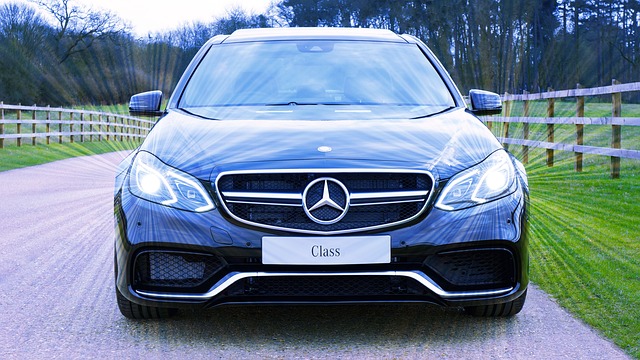
Meena reported that the Gurugram traffic police had placed an interceptor vehicle on the motorway that often conducts inspections and levies fines. “Traffic police team is also deployed for enforcement and to catch violators,” the man stated.
According to NHAI authorities, the majority of the cars that have been pulled over for speeding are high-end luxury and sports cars with extremely strong engines that can reach very high speeds in a matter of seconds. The vehicle speed detection system is currently operating in two of the five stages of the 246 km long Sohna to Dausa motorway length, according to Meena. However, work is being sped up to ensure that it is operational in all five phases of the road as soon as possible.
According to Meena, who added that they will also start awareness campaigns against speeding and parking infractions, “The high-end vehicle owners should understand that bulky trucks and slow moving vehicles also move on this expressway and maneuvering cars at high speeds can put many lives at risk.”
Similar incidents across India
The fundamental cause of speeding, according to Anurag Kulshreshta, founder and CEO of Trax, a road safety NGO, is a lack of enforcement. He cited similar instances where this was the case on the Nagpur-Shirdi Expressway and the Mysore-Bengaluru Expressway, where speeding has resulted in a number of fatalities.
“There is immediate need to boost enforcement and the police need to seize vehicles that are caught speeding. This was done on Mysore highway and the problem of speeding is resolved. Also, the erroneous perception that the expressway will help one reach Mumbai in 12 hours prompts many to drive faster to reach there in even less time,” he stated.
You might also be interested in –Singapore deemed as the most expensive city to own a car
